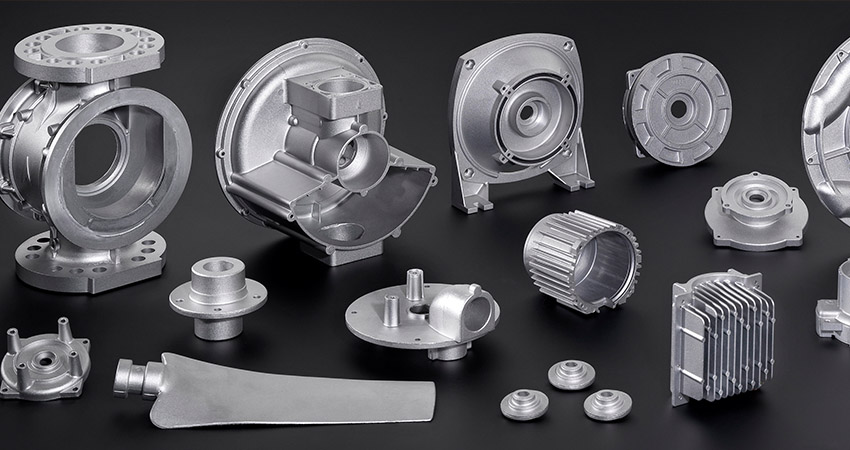From Strength to Style: Exploring the Versatility of Extruded Aluminum

Image Source: Google
Extruded aluminum is a versatile material that has gained significant popularity due to its strength, durability, and aesthetic appeal. It has become a preferred choice for various applications, ranging from industrial machinery and construction to interior design and consumer products. The unique characteristics and flexibility of extruded aluminum make it an ideal choice for designers and engineers looking to create functional and stylish products.
One of the key advantages of extruded aluminum is its exceptional strength-to-weight ratio. Aluminum is a lightweight material, yet it is incredibly strong and resistant to corrosion. This makes it an ideal choice for applications where strength and durability are crucial, such as in the construction of buildings, bridges, and automotive components. The extrusion process allows manufacturers to create complex shapes and profiles, making it possible to design and fabricate lightweight yet highly robust structures with ease.
Furthermore, extruded aluminum offers excellent thermal conductivity, making it an ideal material for heat sinks and cooling systems. Its ability to efficiently dissipate heat allows for the design of high-performance electronic devices and appliances. The versatility of extruded aluminum also extends to its ability to be coated or anodized, providing additional protection against corrosion and enhancing its visual appeal.
Another aspect that sets extruded aluminum apart is its aesthetic appeal. Aluminum's smooth and metallic finish gives it a modern and sleek look, making it a popular choice for architects and interior designers. Its versatility in terms of texture, color, and finish allows for endless design possibilities. From brushed finishes to powder-coated colors, extruded aluminum can be customized to match any desired style or design theme.
Extruded aluminum profiles are not only visually appealing but also offer practical benefits. Their precise dimensions and consistent quality make them easy to work with and integrate into various applications. The flexibility of the extrusion process allows for the creation of profiles with intricate shapes, such as channels, T-slots, and tracks, which can be used for assembling and mounting different components.
Due to its versatility, extruded aluminum is widely used in the furniture and consumer product industries. It is commonly found in the design of office furniture, kitchen cabinets, and shelving systems. The lightweight nature of aluminum, combined with its strength and durability, makes it an ideal choice for these applications, where products need to withstand daily use and have a long lifespan.
Extruded aluminum is also popular in the transportation industry, particularly in the manufacturing of aerospace and automotive components. Its lightweight properties contribute to fuel efficiency and reduce overall vehicle weight, while its strength ensures passenger safety. From airplane fuselages to car frames and engine parts, extruded aluminum plays a crucial role in the transportation sector.
In conclusion, extruded aluminum is a versatile material that offers a wide range of benefits. Its exceptional strength-to-weight ratio, thermal conductivity, and aesthetic appeal make it an ideal choice for a variety of applications. Whether it is used in construction, interior design, consumer products, or transportation, extruded aluminum provides both functional and stylish solutions. With its flexibility in design and customization options, extruded aluminum continues to be a popular choice for designers and engineers seeking to create innovative and visually appealing products.